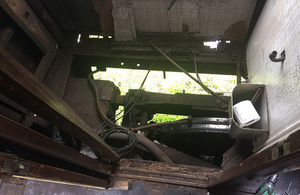underbank
Established Member
I would like to know if you think that webcams are a good way of showing off the Heritage lines.
Yes, I think they're a brilliant way of show-casing/advertising. I'm North West England based so whilst I've done all the Lancashire/Yorkshire/Cumbria preserved lines, and a few Midlands and Welsh ones, I've never done any more Southern lines.
Due to the railcam website, I now have the West Somerset, Swanage, South Devon and RHDR well in my sights and working out how/when to visit them. I barely even knew they existed beforehand (well I did but had no plans to visit as they were off my radar). The website has really given me an insight and interest in them.

